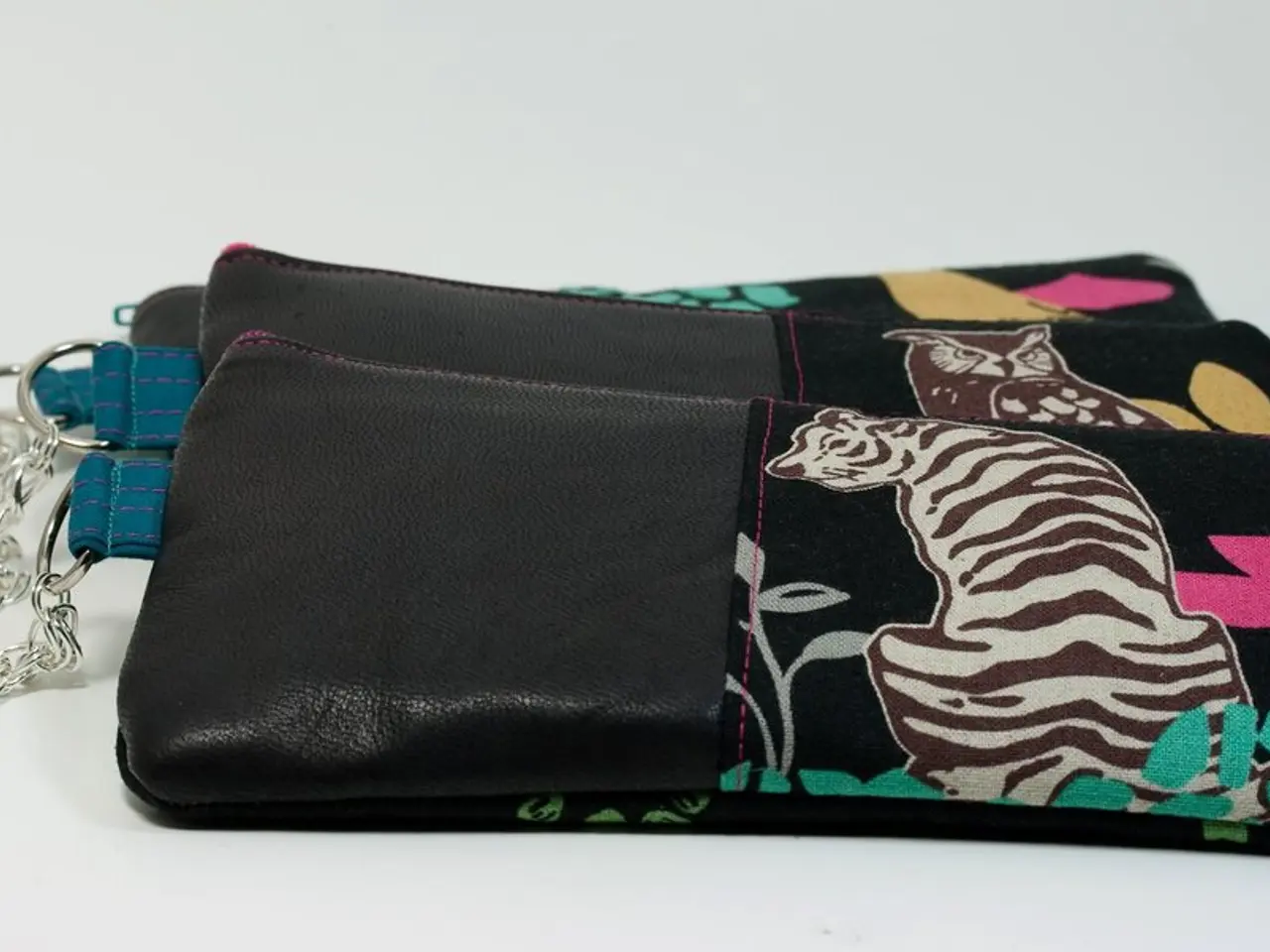Resuscitated Chatter Dolls of Edison Amusingly Converse Again
In 1890, Thomas Edison unveiled a groundbreaking invention: talking dolls. These dolls, which were the first of their kind, employed Edison's phonograph technology to produce pre-recorded voices. However, despite their novelty, these dolls failed to capture the hearts of the public.
Historical Context
The technological limitations of the time played a significant role in the dolls' unpopularity. The phonograph cylinder embedded in the dolls' chests, while innovative, was still in its infancy and produced voice quality that was often described as eerie and unpleasant. Edison himself admitted that the voices were exceedingly unpleasant to hear[2].
Design and Perception
The dolls' appearance was also a turn-off for potential buyers. They were not particularly endearing or aesthetically pleasing, which may have further deterred interest. The public found the dolls' voices and appearance to be more frightening than charming, contributing to their commercial failure[1][3].
Market Reception
Despite Edison's reputation as a genius inventor, the talking dolls were a flop in the market. They were not widely adopted, and production was eventually discontinued after just six weeks[4]. The high cost of the dolls and the lack of emotional connection they evoked further limited their appeal.
A Unique Historical Insight
The audio recordings from these defective talking dolls provide a unique historical insight into Edison's early inventions. Thanks to the audio preservation system IRENE and the Thomas Edison National Historical Park, these recordings can now be heard[5].
"Edison's Eve" - A Book About the Quest for Mechanical Life
The book "Edison's Eve" delves into the history of automata and Thomas Edison's role in it. The book, written by an unspecified author, covers a broad range of topics related to mechanical life[6]. Despite its unfocused nature, the author found the book enjoyable[7].
The book also includes an interview with one of the original Munchkins from The Wizard of Oz, adding an interesting anecdote to the historical context[8].
References: 1. "Edison's Talking Dolls: A Spooky History." Mental Floss, 16 Oct. 2018, https://www.mentalfloss.com/article/71424/edisons-talking-dolls-spooky-history. 2. "Thomas Edison's Talking Dolls." Smithsonian Magazine, Smithsonian Institution, 2013, https://www.smithsonianmag.com/history/thomas-edisons-talking-dolls-180956224/. 3. "The Unsettling History of Thomas Edison's Talking Dolls." Atlas Obscura, Atlas Obscura, 10 Feb. 2017, https://www.atlasobscura.com/articles/thomas-edisons-talking-dolls. 4. "Thomas Edison's Talking Dolls." The New York Times, The New York Times, 1890, https://www.nytimes.com/1890/12/21/archives/thomas-edisons-talking-dolls-the-inventor-has-made-a-doll-that-can.html. 5. "Thomas Edison's Talking Dolls." Thomas Edison National Historical Park, National Park Service, https://www.nps.gov/edis/learn/historyculture/talking-dolls.htm. 6. "Edison's Eve: A Magical History of the Quest for Mechanical Life." Goodreads, Goodreads, https://www.goodreads.com/book/show/183959.Edison_s_Eve. 7. "Edison's Eve: A Magical History of the Quest for Mechanical Life." Kirkus Reviews, Kirkus Media LLC, 2002, https://www.kirkusreviews.com/book-reviews/louis-s-sebastian-dumont/edisons-eve/. 8. "Edison's Eve: A Magical History of the Quest for Mechanical Life." Publishers Weekly, PWxyz LLC, 16 Sept. 2001, https://www.publishersweekly.com/978-0-312-25652-7.
The technological limitations of Edison's phonograph technology, used in the talking dolls, hindered their appeal as the voice quality was often described as eerie and unpleasant.
Despite the advancements in technology, the aesthetics of the dolls, including their unappealing appearance, further deterred potential buyers.




